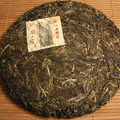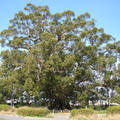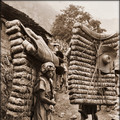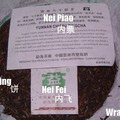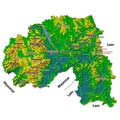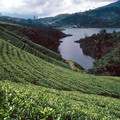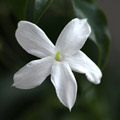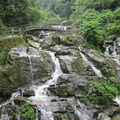Puerh Tea Production Processing - Start to Finish in Yunnan China
Pu-erh tea
„The leaves are then dry pan-fried using a large wok in a process called "kill green" (殺青; pinyin: shā qīng), which arrests most enzyme activity in the leaf and prevents full oxidation. After pan-frying, the leaves are rolled, rubbed, and shaped into strands through several steps to lightly bruise the tea and then left to dry in the sun.“
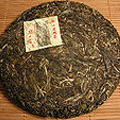
Quotes Tags: Pu-erh, Tea oxidation
- Discussion: 0 comments
- Write a comment
Teas - Pu-erh
2013 Chawangpu Bada Zhang Lang Xiao Bing
 1 review
1 reviewNicely processed and completely manually produced tea from Bada mountains. The tea is...
2006 Bailong TF Jinggu "Da Bai Hao" 357g
 1 review
1 reviewJinggu area, it's famous for one of varietal tea trees – Da Bai Hao – “Big White...
2000 Shu Pu 7262
 1 review
1 reviewFactory - „tailor-made” private production “Zhong Cha Gong Si” in Dayi (Menghai tea...
2004 Jin Hao Feng Huang Ripe Puerh Tuo
 1 review
1 reviewThe best ripe tuo cha this factory has ever made. The 801 product line is well known...
2005 (2015) Chawangpu Bulang Shan Old
 0 reviews
0 reviewsThis tea was found in friend´s warehouse in Menghai where was stored since 2005. Clean...
ManZhuan 2013 - blind tasting set 5
 1 review
1 reviewsweetish, rich, dense taste is apparent from the first brewing, in the second brew the...
Quotes - Pu-erh
„sheng; 生 - Raw, uncooked, un-processed. Here used to refer to Puer tea that is made from maocha that does not undergo further processing, other than steaming and pressing where it is made into cake, brick, etc. form.“

Quotes Tags: Sheng - Raw Puerh, Pu-erh, China
Video - Pu-erh
Theme
Teas
2012 Myanmar - Beyond The Small Mengsong
 1 review
1 reviewThe raw materials of this cake came from villages in Myanmar, its north border on small Mengsong mountain....
2013 Early Spring Premium Yunnan Long Mei
 2 reviews
2 reviewsGrade: AAA Cultivar: Yunnan Da Ye Harvest area: Zhenyuan, Simao, Yunnan Yunnan green tea...
2006 Bailong TF Jinggu "Da Bai Hao" 357g
 1 review
1 reviewJinggu area, it's famous for one of varietal tea trees – Da Bai Hao – “Big White tomentum”. The tea leaves...
Tea by region
We will help you with tea selection.
Do you like quality loose tea?
We will help you to find the right one for you. Be inspired by tea ratings of other tea lovers. Rating stars could help you.


Review your cup of tea.
Review the tea you are drinking and help other tea lovers to find the right cup of tea.






 Shops
Shops Share on Facebook
Share on Facebook






